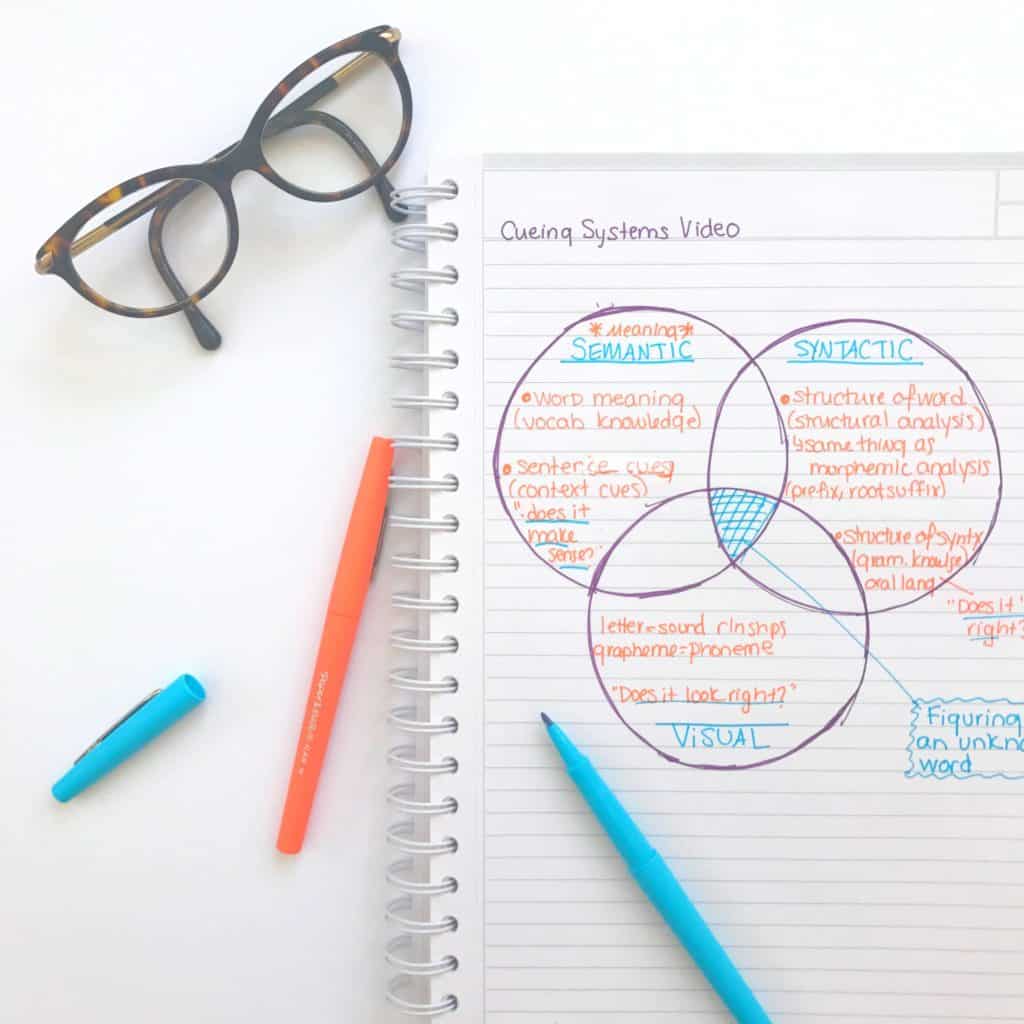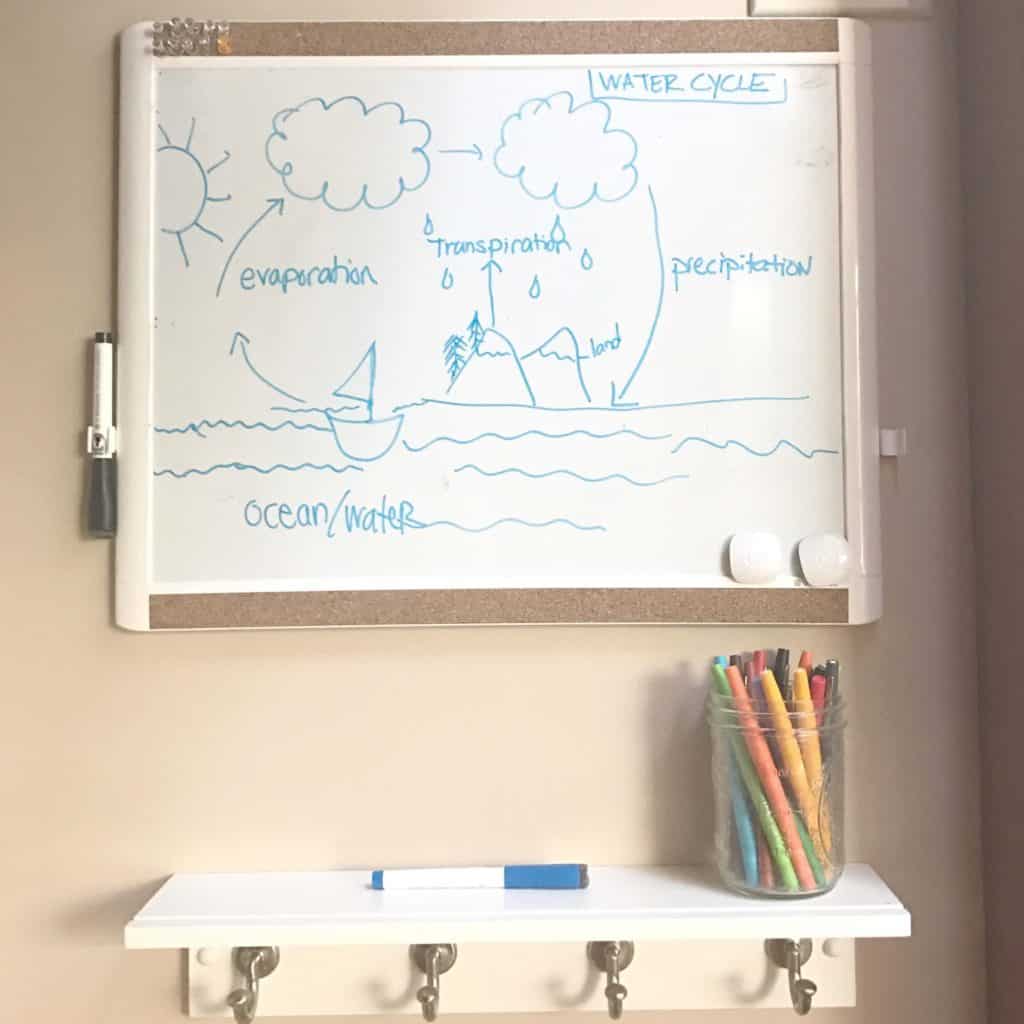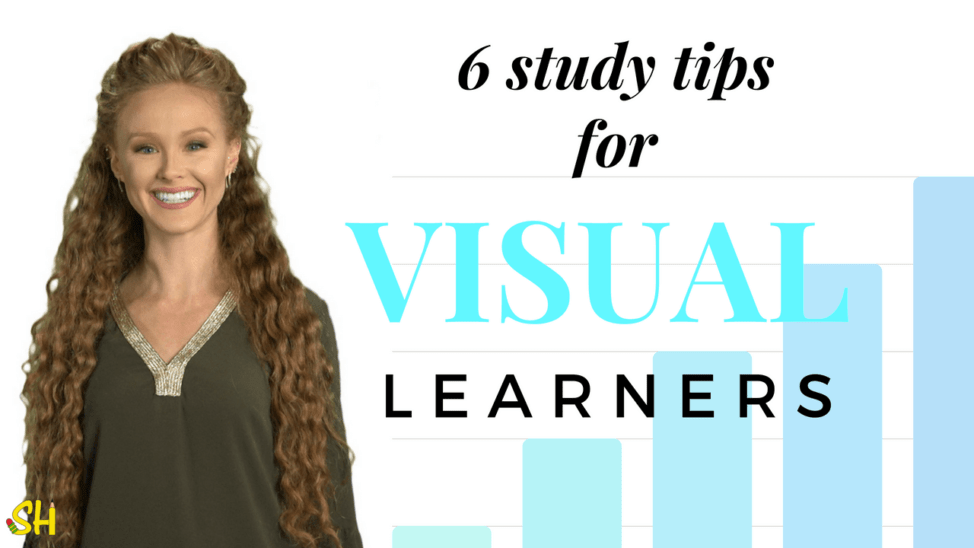By Katie Azevedo, M.Ed.
Visual learners process and remember information better when the material is presented visually as opposed to orally. Therefore, visual learners often struggle in lectures but thrive in classes that encourage engagement and provide visual stimulation. (Think PowerPoints, videos, posters, SmartBoards, etc.). If this sounds like you, then use the following study techniques for visual learners, as you will have a better chance of learning what you’re actually studying!
Note: Not sure what type of learner you are? Try these study techniques for visual learners and see if they work. If they do, then you just might be a visual learner. If not, then you might be a kinesthetic, auditory, or read/write learner. You could also be a combination of learner types!
The most important step that visual learners can take while studying is to put the material in visual format. Here are some study tips and ideas for how to do that:
Study techniques for visual learners
1. Take notes
During lectures (which are not ideal for visual learners), the most important thing you can do is TAKE NOTES. Even if the teacher provides notes for you, take your own notes anyways. The act of taking the notes yourself moves the information from auditory (listening) to visual (on paper) and activates parts of the brain responsible for visual processing. Need help with note-taking? Here are some tips.
2. Put information into images
As you take notes (either from a lecture or a textbook), try to put as many of the concepts and words as possible into images, graphs, diagrams, or other visual representation. Almost any concept can be illustrated somehow, and rearranging the material this way can be so helpful for visual learners. Putting textual or audio information into pictures gets easier the more you do it, so be patient as you learn how to do this.

3. Use color
Whenever possible, use color! Use colored pens to take notes, and use different colors to represent different concepts (Example: vocabulary in green, concepts in blue). You can use highlighters and even different colored paper if it makes sense to. Try to be consistent with the colors you choose, and you will eventually start to associate certain colors with certain information – which will help you remember it better!
4. Rewrite your notes
Instead of just rereading and rereading your notes as a way to study them, rewrite them over and over again (using pictures, charts, etc., of course!). A key study technique for visual learners is repetition because you’ll eventually “see” what you’re studying in your mind’s eye. But remember: repeat, repeat, repeat!
5. Use Google Images
Look up words, names and concepts using Google Images instead of a regular Google search. So for example, if you’re studying the digestive system in anatomy, run a Google Image search for digestive system and spend some time scrolling through the results. You’ll see tons of visual representations of the material you’re studying. And the more visual representations you see, the more likely one of them will stick.

6. Watch videos
There are videos about everything, seriously. Again, if you’re studying the digestive system in anatomy, watch a video that explains the process. Studying Emily Bronte in English? Watch a video of what you’re reading, or even a biography of Bronte. Visual learners respond so well to information presented in video form, so if you’ve haven’t tried this study technique yet, you need to start now.
Final note about study techniques for visual learners
All six of these study techniques for visual learners involve reviewing the information in a visual format — whether that’s a picture, video, chart, or colorful text. Visual learners often have difficulty understanding and remembering material when it’s delivered orally or even if they are reading it. If you’re a visual learner, think outside the box for ways to transfer whatever you’re learning into a visual representation. (Time to get yourself a dry erase board, eh?) If you do, then you’ll have a much higher chance of processing and recalling (remembering!) the content. And to boot, you’ll remember it for longer!
More resources: Here is my complete guide to understanding learning styles

